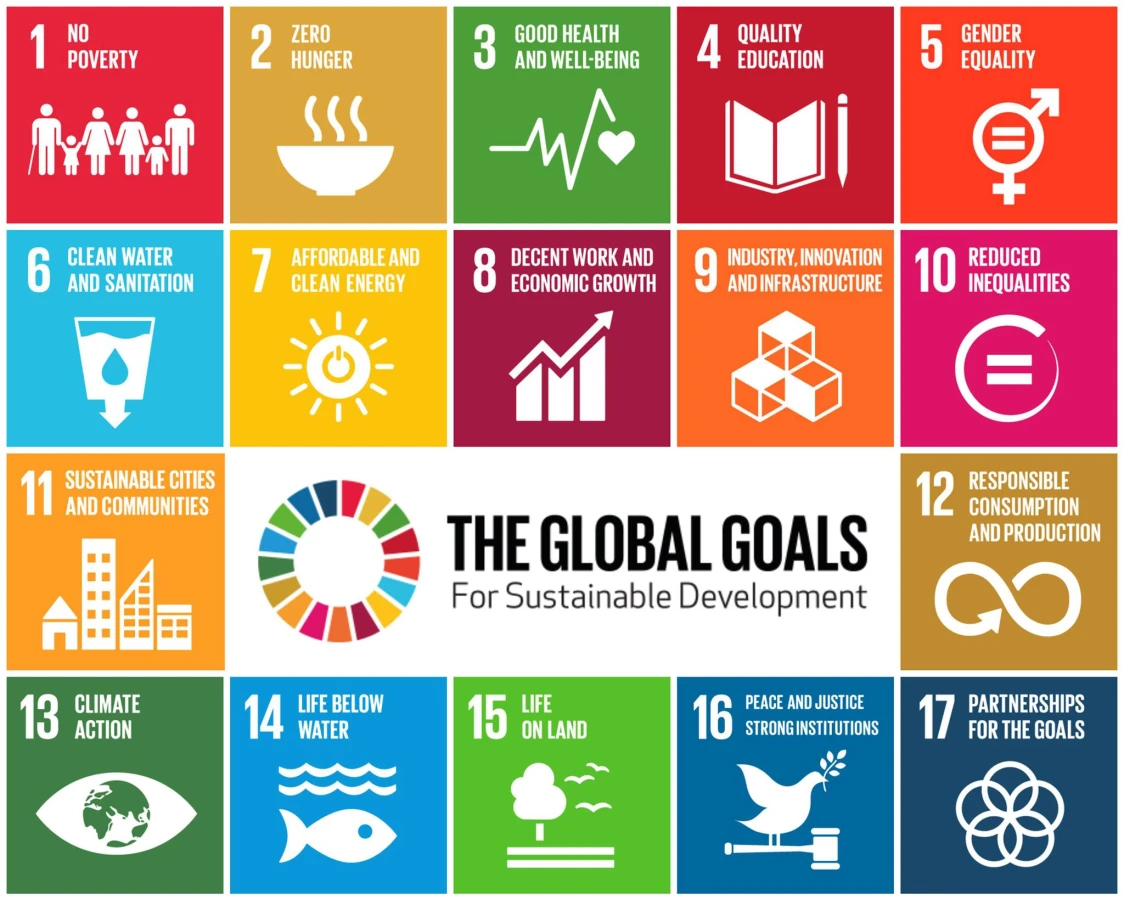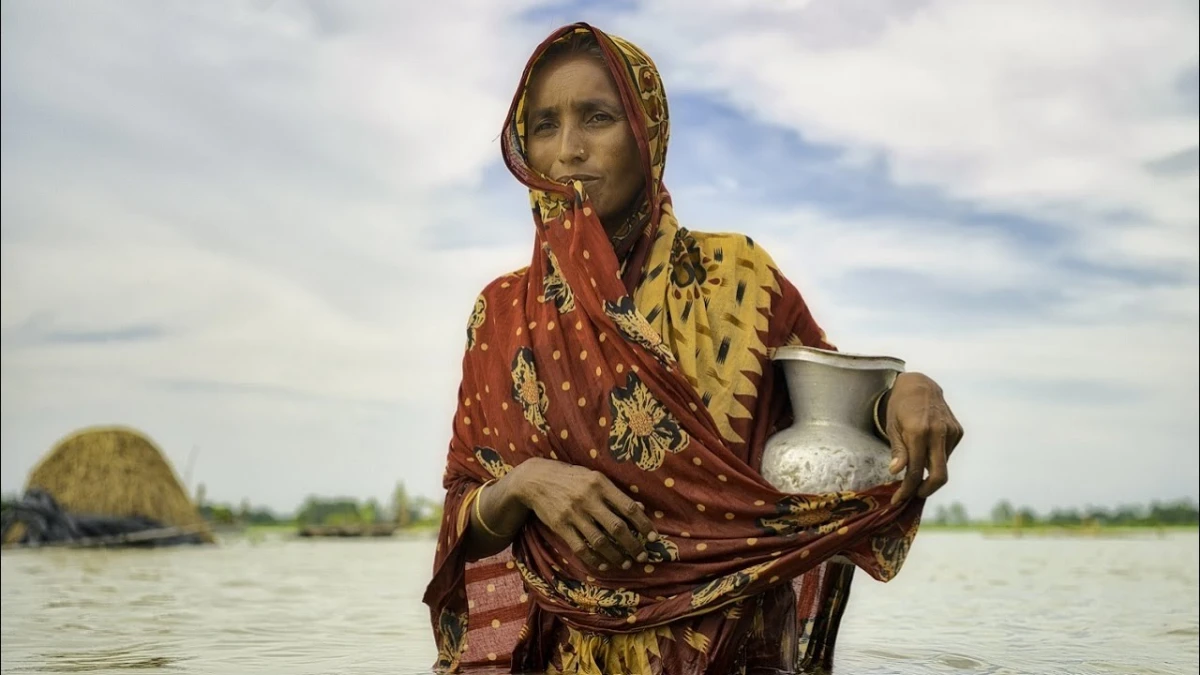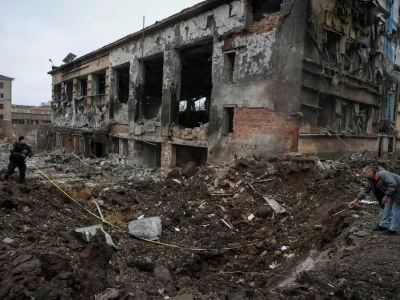
2030 looms; SDGs at snail's pace
As the SDGs 2020 Report makes clear, the world is not on track to achieve the goals by 2030.
By
Azuhaar Abdul Azeez
The United Nations (UN) is the only voice that speaks for everyone on Earth and the only place where all nations come together, to see and think as one.
United Nations Development Programme (UNDP)’s most successful venture was when it called all 193 member states of the UN, which comprised the whole world, to come together in embracing 17 global goals by 2030, to achieve for the human race as a whole; one people of one world.
“The Sustainable Development Goals (SDGs) are the world’s shared plan to end extreme poverty, reduce inequality, and protect the planet by 2030”, United Nations Foundation website states.
On 25 September 2015, at the start of a three-day Summit on Sustainable Development, 193 countries, in a historic moment, unanimously adopted a global agenda to end poverty by 2030 and pursue a sustainable future. 15 years is not a long time to eradicate major development challenges such as poverty, hunger and gender inequality, but it is possible to end world hunger by then.

From building constituencies that provide psychological support, building people and communication platforms, to millions of dollars in aid, the UN has remained vigilant in monitoring the Human Development Index and measuring the reach of the SDGs that are meant to be achieved by 2030.
Tackling poverty, hunger and inequality is impossible without addressing the root causes of these rising global issues. The SDGs aim to look at what leads to poverty and address the barriers to development.
The journey towards meeting the UN SDGs by 2030 had hit its halfway point when the Covid-19 pandemic hit, followed by the Russia-Ukraine conflict.
Here are the most notable findings in the SDG Report 2022:
-
SDG1/No poverty Goal: For the first time in two decades, 8 million workers were pushed into poverty. Disaster-related deaths rose sixfold in 2020, largely because of the pandemic, while the number of people living in extreme poverty increased from 581 million to 676 million over the span of 4 years.
-
SDG2/Zero hunger goal: About 1 in 10 people worldwide are suffering from hunger, and the soaring food prices affected 47% of countries worldwide in 2020, which is a 16% increase from 2019. The Ukraine crisis triggered food shortages for the world's poorest people.
-
SDG3/Good health and wellbeing goal: The COVID-19 threatened decades of progress in global health; infecting more than 500 million people worldwide, 15 million deaths and disrupted essential health services in 92% of countries worldwide. Anxiety and depression is on the rise, and Tuberculosis deaths have risen for the first time since 2005.
-
SDG4/Quality education goal: Due to the pandemic, 147 million children all over the world missed over half of in-person instruction in 2020-2021. However, the UN has worked to cover for this lack by enabling remote learning, which is offered to 3 million ukrainian children in the chaos of war as of April 2022. Many countries are improving school infrastructure with the reopening of schools, but still 50% of schools across the globe still lack computers and internet access for learners.
-
SDG5/Gender equality goals: At the current pace, the UN predicts it will take another 40 years for women and men to be represented equally in national political leadership. Women were accounted for only 39% of total employment in 2019, but 45% of global employment losses were among women in 2020. 15% of countries don't have minimum elements of a system that has gender-budget allocations, and women's share in national parliaments have increased to a tiny 26% this year from back in 2015 when the SDGs were set.
-
SDG6/Clean water and sanitation goal: More than 733 million people live in countries with high and critical levels of water stress. Meeting drinking water, sanitation and hygiene targets by 2030 requires a 4 times increase in the current pace of progress. Only one quarter of reporting countries have 90% of their transboundary waters covered by operational arrangements, and the world’s water-related ecosystems are being degraded at an alarming rate.
-
SDG7/Affordable and clean energy goal: Annual energy-intensity improvement rate needs to speed up further to achieve global climate goals, but the number of people living in the world without electricity has been predicted to increase impressively on the current trend; down to 679 million in 2030 from 733 million in 2020. Total renewable energy consumption has increased, but 2.4 billion people around the world still use inefficient and polluting cooking systems.
-
SDG8/Decent work and economic growth: Global economic recovery is hampered by new waves of Covid-19, the rising inflation, supply chain disruptions in production markets, policy uncertainties on a governmental level and the labour market challenges. The Ukraine crisis has caused setbacks in the global economic recovery from the pandemic. Global unemployment rates had risen from 5.4% in 2019 to 6.6% in 2020, but had seen just a slight decrease at 6.2% in 2021. The UN hopes to maintain the decrease above pre-pandemic levels, at least until 2023.
-
SDG9/Industry, innovation and infrastructure goals: Global manufacturing has rebounded from the pandemic, but small scale industries lack access to financial support for recovery. Airline industries incurred the biggest loss with the pandemic, and is still struggling to recoup. Globally, airlines had shuttled 4.5 billion passengers in 2019, but the number had fallen to 2.3 billion in 2021. Higher-technology industries have been noted to be far more resilient in crises than labour oriented industries.
-
SDG10/Reduced inequality goal: 1 in 5 people have experienced discrimination on at least one of the grounds prohibited under international human rights laws, and the year 2021 had proven to be the deadliest for migrants since 2017, with 5895 migrant deaths. Number of refugees living outside their country of origin increased by 44% between 2015 and 2021. This is a record high on the global refugee figure. The war in Ukraine pushes this figure even higher.
-
SDG11/Sustainable cities and communities goal: There are 1 billion slum dwellers worldwide, and as cities grow, the waste problem grows too; 82% of municipal solid waste is collected, but only 55% of these collected waste is managed in controlled facilities. According to the new World Health Organisation (WHO) Air Quality Guidelines, 99% of the world's population breathe polluted air.
-
SDG12/Responsible consumption and production goal: The biggest threats to climate change, biodiversity loss and pollution are unsustainable patterns of consumption and production. Too much food is lost and wasted; 13.3% of the world's food is lost after harvesting or before reaching retail markets, and 17% of total food is wasted at the consumer level. What is worse, our reliance on extinguishing natural resources is rising globally. In addition, the vast majority of the world's electronic waste is not being managed safely; global electronic waste collection is at 22.8%.
-
SDG13/Climate action goal: The UN has dreadfully named the climate change effects we are experiencing as ‘Humanity’s CODE RED warning’, as our window to avoid climate catastrophe is closing rapidly. Sea levels are expected to rise 30-60 centimetres by the year 2100, and droughts are estimated to displace 700 million people by 2030. With the global warming effects seeming so dire in the future, 2021 saw an increase in carbon dioxide emissions by 6%, which is the highest recorded level ever. Rising global temperatures continue unabated, causing more extreme weather all over the world.
-
SDG14/Life below water goal: Overfishing, plastic marine pollution, ocean warming, eutrophication and acidification of our oceans have led the planet's largest ecosystem to be endangered.The ocean absorbs around a quarter of global annual carbon dioxide emissions, but the increasing acidification in the reefs limit the ocean's capacity to moderate climate change. The fishing industry is under threat too, and not just by the pandemic effects on the economy, but also because of the increasing plastic pollution that is projected to double, or even triple by 2040.
-
SDG15/Life on land goal: In spending for the recovery of Covid-19, biodiversity has been largely neglected; 40,000 species are documented to be at risk of extinction over the coming decades. 90% of global deforestation is due to agricultural expansion, and 10 million hectares of forest are destroyed every year. On the good side, nearly half of freshwater, terrestrial and mountain key biodiversity areas around the world are protected now.
-
SDG16/Peace, Justice and strong institutions goal: A quarter of the global population live in conflict affected countries, and the plea for global peace is growing louder. While a third of the global population (mostly women) have been reported afraid to walk alone at night, the report also shows a decline in the rate of global homicides, falling just short of SDG target. On the other hand, corruption has been noted to be found in every region of the world, and statistics show that almost 1 in 6 businesses have received bribe requests from public officials.
-
SDG17/Partnerships for the goals: Rising global debt burdens threaten developing countries’ pandemic recovery, and official development assistance has reached a new high of USD 177.6 billion worldwide.

Using the latest available data and estimates from all over the world, the SDG report for 2022 paints a gloomy picture. Although policymakers, investors, companies and governments across the world are making more and more references to the goals, or pledging their commitments to them, meeting these targets by the 2030 deadline seems unlikely for four key reasons.
-
Achieving the same goals worldwide by the same deadline is a tough task as many developed countries have reached some of the them already, while some developing countries lack the necessary resources or infrastructure to even record their progress towards meeting the goals.
-
There have been several recent events that have reversed years of progress made towards meeting the SDGs, from global black swan events to the Covid-19 pandemic and the Russian invasion of Ukraine, to their knock-on effects such as the cost of living crisis and supply chain volatility.
-
Some SDGs seem to have a stronger focus than others, or are perhaps more ‘fashionable’, which could potentially result in some goals being overlooked or achieved faster than others. Companies tend to refer to different SDGs in their earnings calls depending on the sector in which they operate, and what kind of favour they are looking to achieve. The least mentions are made in business policies regarding SDG1 (zero poverty) and SDG17 (partnerships).
-
As efficient as the UN is, there is a lack of sufficient data to assess progress made in achieving the SDGs. This is a serious issue as it makes it harder to track any progress or setbacks, to compare the performance of countries and regions with each other, or to provide transparent and accurate information to investors.
As the SDGs 2020 Report makes clear, the world is not on track to achieve the goals by 2030. Even before the COVID-19 outbreak, progress had been spotty. Now, with the pandemic continuing, progress has stalled, and, in some cases, decades of progress have been reversed. Just 8 years until 2030, only two indicators of the 17 goals; eliminating preventable deaths among newborns and children under five and getting children into primary schools, are likely to be achieved, according to experts.
Truly sustainable development requires a holistic approach, so the SDGs are unlikely to be achieved unless they are viewed as something that must happen; a voluntary effort made by countries, both individually and universally.
Without sustainable development, the world is set on a fast pace to achieve one miserable objective; the annihilation of the human race. Low lying countries like the Maldives face the largest threat from uncontrolled global warming effects.
“Together, through the UN, the world has eradicated smallpox, closed the ozone hole, and brought stability to war-torn countries; we’ve protected tens of millions of children from disease; given refugees help and hope; enshrined human rights into international law; and all countries have signed up to the collective promise of the Sustainable Development Goals”.
Indeed, UNs visions need to be endeavoured by the world as one people to realise them and save our only home planet.
The 2022 SDG Report is prepared by UN DESA, in collaboration with the entire UN Statistical System, consisting of more than 50 international and regional agencies, based on data from over 200 countries and territories.




